In 2019, my partner and I wanted to travel through Central Asia, by land only. Our mission was to begin in Antalya on Turkey’s Mediterranean coast, and travel all the way to Almaty, Kazakhstan, strictly by land, across the Caucasus and Central Asia. No airplanes; just trains, coaches, and boats. One of the most daunting moments was figuring out the best route across the Caspian Sea that borders Russia, Azerbaijan, Iran, Turkmenistan and Kazakhstan.
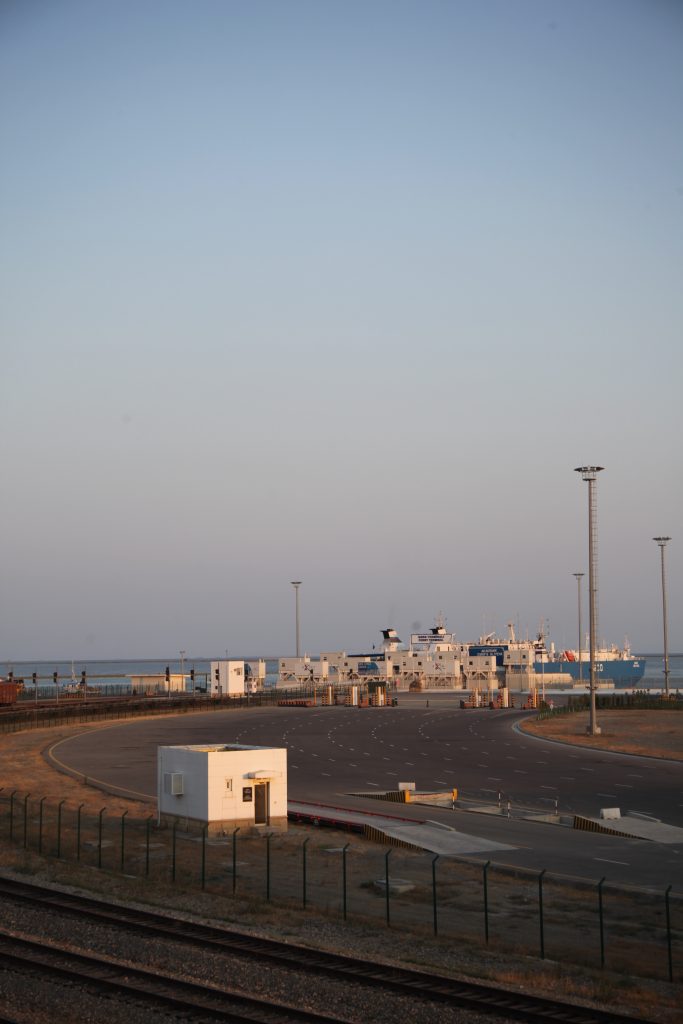
ASCO, the Caspian Shipping Company, runs a 24-hour cargo ship route across the Caspian Sea from Alat, Baku’s new industrial port, to Kuryk, a port on its Eastern shore in Kazakhstan – but, alas, it has no set schedule. Due to harsh winds on the Caspian, the boats only leave when it is safe to do so, leaving the departure times up to the elements. We had seen rumours online and heard from other travellers how long it could take to wait at the port. Some said a day, others a week.
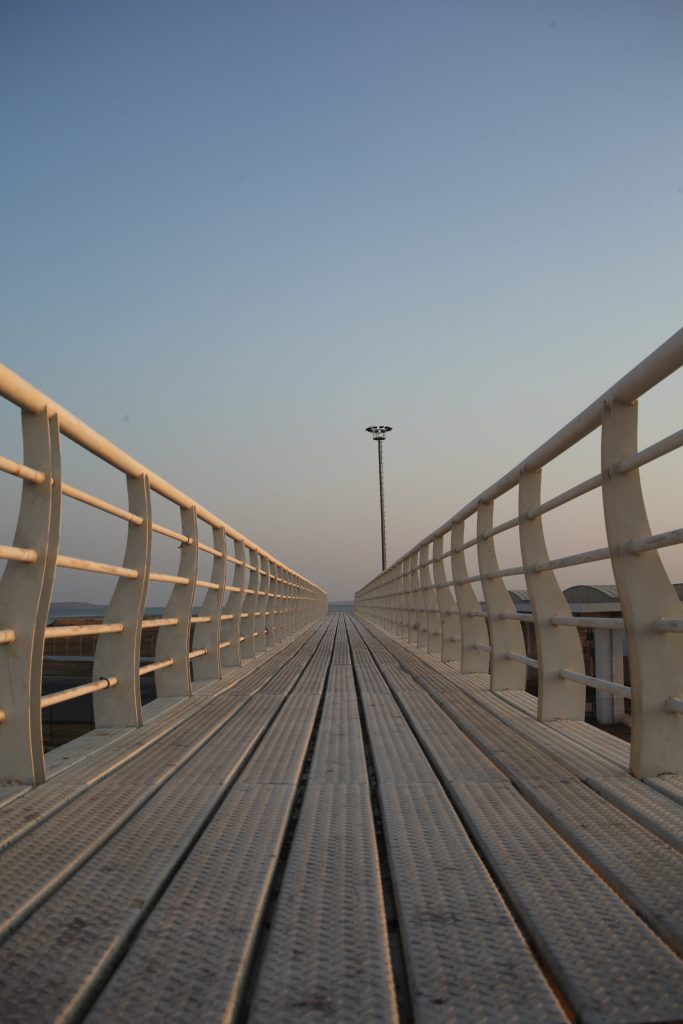
We had just spent four days sipping wine and eating khinkali – a ubiquitous Georgian dumpling – in Liberty Square, Tbilisi, followed by a long overnight train directly to Baku, a disorientating city. While the new stadiums, the Formula One racing, and the looming flame towers represent a modern metropolis, the outskirts of the city are starkly different. Walking along the seafront promenade gave the impression of a newly built city in the south of Spain or Dubai. But the scaffolding and cranes started to slowly suffocate the walk until we had almost entered a building site. The cranes take over the city like tentacles as they build the city’s skyline above the Caspian Sea.
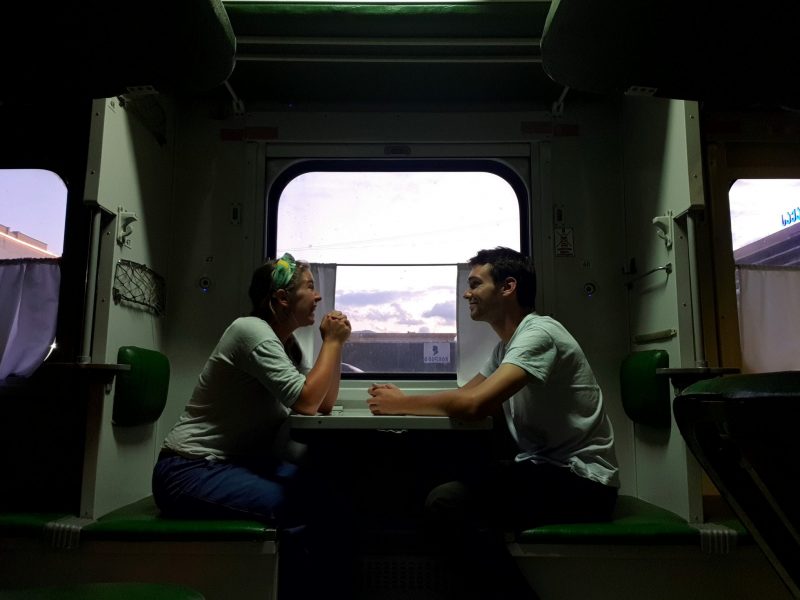
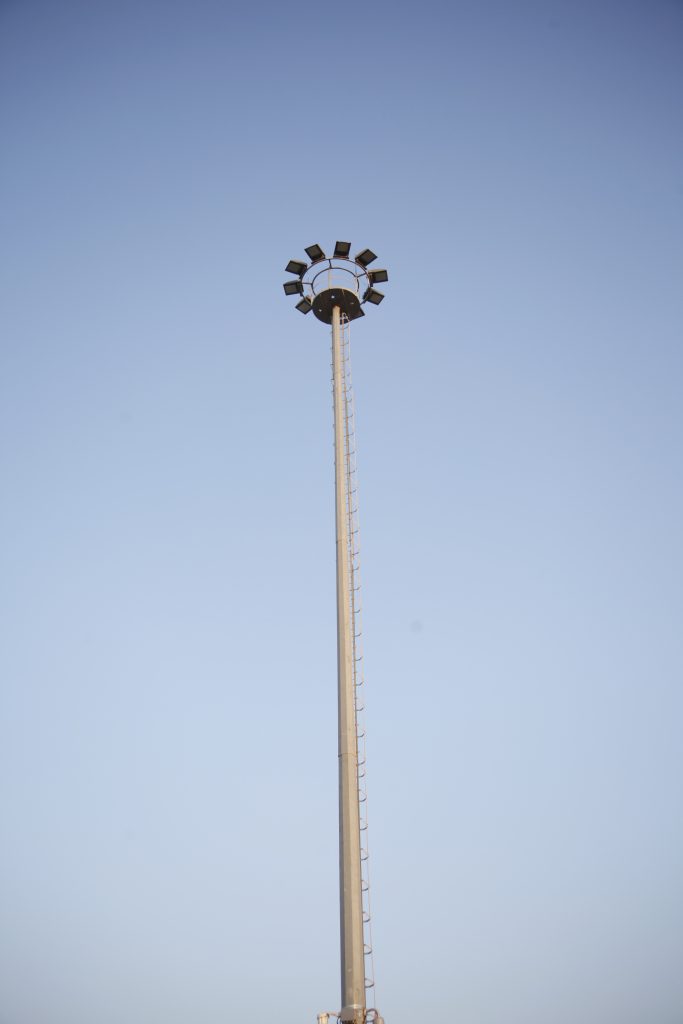
We stayed in the cheapest hostel we could find. It was run by an Indian man and his son. It was not the usual backpacker hostel. Instead, it was filled with migrant workers from Pakistan, Sri Lanka, and Togo, who worked on the building sites.
The port of Alat is an hour’s drive from the country’s capital, near Qobustan, known for its unique sedimentary volcanoes and their eruptions of mud. Opened on the 14th of May 2018 by Ilham Aliyev, President of Azerbaijan, this project was built to replace Baku’s inner-city port and aimed to build the Caspian Sea’s largest port. It was clearly located in the middle of nowhere, and the whole complex was completely new.
Azerbaijan’s largest port proves to be key in connectivity between the Caucasus, Asia and the West, not only through joining China’s Belt and Road Initiative, but also through Azerbaijan’s domestic investment in the port itself. It directly connects Azerbaijan and the Caucasus with Turkmenistan and Kazakhstan, creating an important trade route for its national economy. The Caspian Sea is essential for regional and international trade in an ever-increasingly globalised economy. It has one of the largest oil reserves on the planet, while also serving as a useful transit route between the five countries on its shores.
The port itself was populated by a mixture of truck drivers from Georgia, tourists from the West participating in the Mongol Rally, a British car race for charity ending in Mongolia, and Azeri workers from the port. Due to the gruelling wait for the boat, a lot of time is spent in the small kiosk with music blaring and men chatting and smoking.After a week of waiting in the port’s industrial complex, sleeping in the border patrol office and behind shipping containers using our backpacks as pillows, our ship was ready to depart. Professor Gül, the cargo ship, was our saviour. This passenger ship was built in 1970 in Uljanik Shipyard of Pula, Croatia, which was once a shipyard for the Austro-Hungarian Navy. The ship was previously named Belorus (1994) and Sovetskaya Belorussi (1994), passing from various owners across Eastern Europe, from the Balkans to Belarus and eventually the Caucasus. The port itself was populated by a mixture of truck drivers from Georgia, tourists from the West participating in the Mongol Rally, a British car race for charity ending in Mongolia, and Azeri workers from the port. Due to the gruelling wait for the boat, a lot of time is spent in the small kiosk with music blaring and men chatting and smoking.
After a week of waiting in the port’s industrial complex, sleeping in the border patrol office and behind shipping containers using our backpacks as pillows, our ship was ready to depart. Professor Gül, the cargo ship, was our saviour. This passenger ship was built in 1970 in Uljanik Shipyard of Pula, Croatia, which was once a shipyard for the Austro-Hungarian Navy. The ship was previously named Belorus (1994) and Sovetskaya Belorussi (1994), passing from various owners across Eastern Europe, from the Balkans to Belarus and eventually the Caucasus.

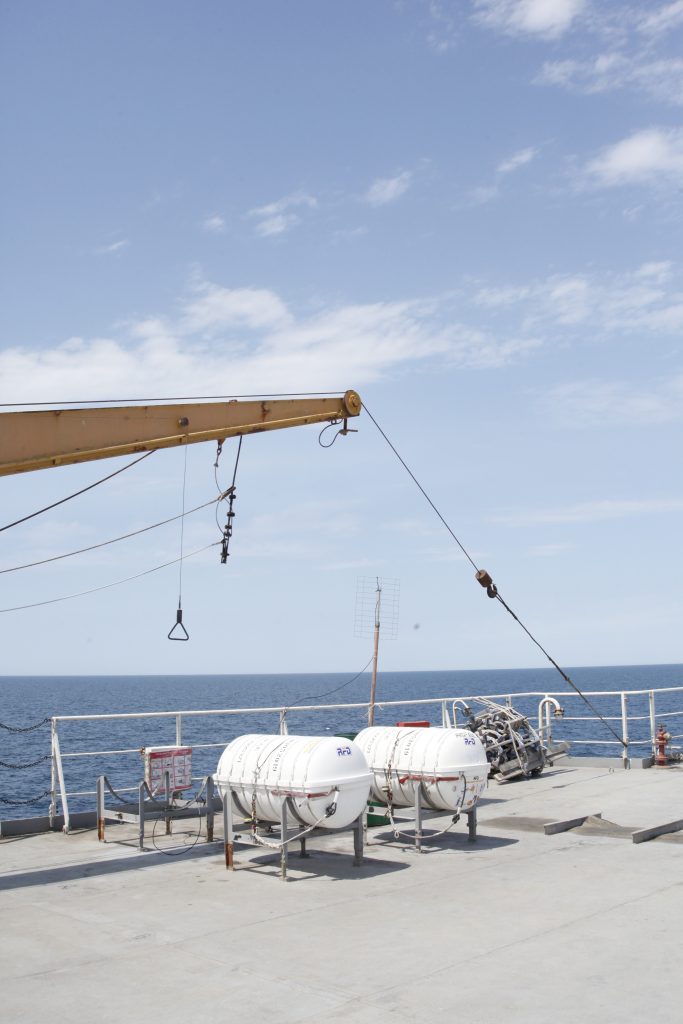
After more than 24 hours on the ship, we were intimate with its design and structure., and it was impossible to not take photographs. At around 3am, we could faintly see land in the distance – we were nearly in Kazakhstan, and the windy city of Baku was far behind us.
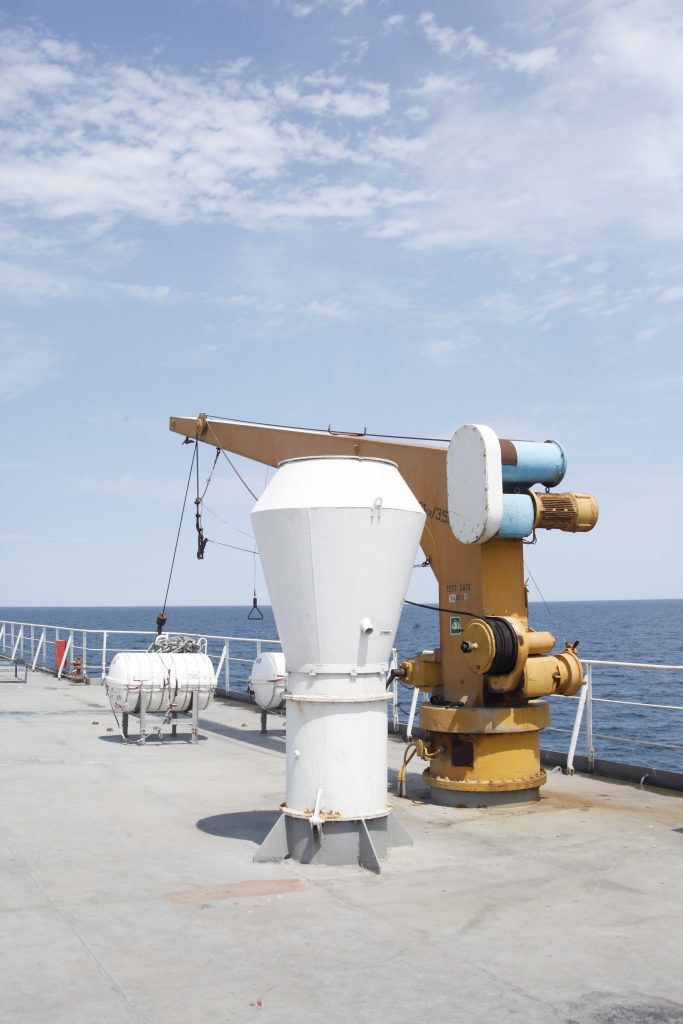
Kuryk is a peculiar place to disembark at 2am. It is a small port around half an hour’s drive from Aktau, the nearest city, but to our relief, a water truck accepted our hitchhiking request and drove us there. Aktau is one of Kazakhstan’s youngest cities on the Caspian Sea. Under soviet leadership, the city was planned and developed in the 1960s around the construction of an atomic power plant.
After numerous attempts of using Google Translate in the backstreets of Aktau, we finally boarded a 36-hour coach ride through the border between Kazakhstan and Uzbekistan. The coach broke down twice in the middle of the desert before finally reaching Bukhara, one of the oldest cities on the Silk Road trade route. We had not stopped travelling since leaving the hostel in Baku, and 1,200km later we could finally shower, sleep, and explore one of the most important historical centres of the Islamic world.

